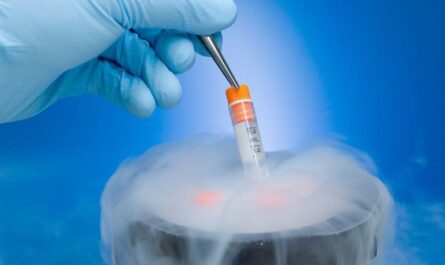With the rapid growth in wind energy production, wind turbine blade inspection has become increasingly important to ensure safety, optimize performance, and reduce operation and maintenance costs. Regular inspections help detect any defects early on before they result in more serious and costly issues down the line
Importance of Wind Turbine Blade Inspection
Wind turbine blades are exposed to harsh environmental conditions like high winds, UV radiation, moisture, and temperature extremes. Over time, these forces can cause microscopic cracks, nicks, and defects to develop in the blades. Left undetected, such issues have the potential to grow and compromise the structural integrity of the blades. Routine inspections aim to identify any defects at an early stage so they can be addressed before causing serious problems.
Inspections also play a vital role in optimizing turbine performance. Even minor imperfections or surface damage can reduce aerodynamic efficiency and lead to increased wear and tear. Regular checks allow operators to monitor blade conditions and catch any degradation in performance early. This enables timely repairs or maintenance to maximize energy yields over the lifetime of the turbine.
With blades making up a significant portion of overall wind turbine costs, detecting flaws early through inspections can help lower operation and maintenance expenses in the long run. Unplanned downtime due to unanticipated blade issues is avoided through scheduled preventive maintenance based on inspection findings.
Types of Blade Inspection Services
Depending on the scope and objectives, wind turbine blade inspections can be categorized into different types:
– Visual Inspections: Done both internally and externally, visual checks form the basis to identify obvious defects, damage or cavities on blade surfaces. Experienced inspectors scan blades systematically using binoculars.
– NDT Inspections: Non-destructive testing using specialized equipment and techniques like ultrasound, thermography, shearography etc. help find subsurface cracks, delaminations and defects invisible to the naked eye.
– Drone Inspections: Drones equipped with high-resolution cameras are utilized to safely inspect blades from all angles including difficult-to-access leading and trailing edges in hard-to-reach locations high above ground.
– LiDAR Inspections: Light detection and ranging technology mounted on drones maps out blade surfaces in 3D. Analysis of surface deviations helps detect even minor imperfections or performance deviations.
– Acoustic Emission Monitoring: Sensors attached to blades during operation continuously monitor for acoustic signatures that could indicate development of cracks in real-time.
Planning and Executing Effective Blade Inspections
Proper planning and execution are vital for successful blade inspections. Key aspects include:
– Developing Customized Inspection Protocols: Protocols should factor in turbine specifications, site conditions, OEM requirements and past inspection findings for maximum effectiveness.
– Coordinating Logistics: Arranging necessary equipment, permits, lifting/access solutions, work-at-height setups requires logistical coordination to ensure seamless execution.
– Inspector Training and Certification: Only NDT and visual inspectors certified and trained in wind turbine specific blade inspection techniques should be deployed.
– Blade Preparation: Proper cleaning, illumination and accessibility preparation beforehand allows for thorough, effortless scanning.
– Comprehensive Documentation: High-quality photos, videos and reports substantiate findings for future trend analysis and decision making.
– Periodicity: Most experts recommend 6 monthly to yearly intervals depending on service conditions to maximize value through damage prevention.
With careful planning and expertise, blade inspection services can deliver crucial insights for ensuring efficient, cost-effective and reliable wind energy operations over the blades’ design life and beyond. Regular monitoring plays a key role in promoting renewable energy production safety.
In summary, wind turbine blade inspection services have grown increasingly important for wind farm owners and operators looking to reduce risks, optimize performance and lower costs. Routine inspections at optimized intervals using specialized techniques and well-trained personnel help detect flaws early and gain valuable insights for condition-based maintenance decision making. With the continued growth in wind energy technology worldwide, these services will remain indispensable for safely maximizing wind power outputs.
*Note:
1. Source: Coherent Market Insights, Public sources, Desk research
2. We have leveraged AI tools to mine information and compile it



